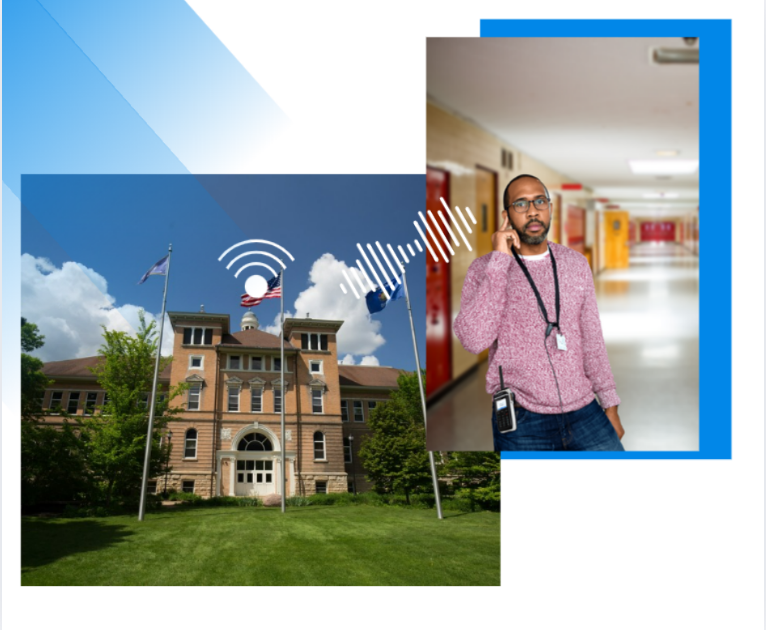Solving Public Safety Radio Dead Zones: How BDAs and DAS Boost Coverage in Critical Buildings

If you’ve ever been inside a large school, government building, or sports arena and noticed your cell signal drop, you can imagine how dangerous that kind of “dead zone” is for police, fire, and EMS radio communication. In an emergency, seconds matter—and if first responders can’t talk to each other or to dispatch, lives are put at risk.
The good news? There’s a proven way to fix it: Bi-Directional Amplifiers (BDAs) and Distributed Antenna Systems (DAS).
Why Public Safety Dead Zones Are a Serious Problem
When first responders enter a building, their radios often struggle to maintain clear, reliable communication. Concrete walls, steel beams, and low-E glass can block or weaken radio signals. These challenges are especially common in:
- Schools & Universities – Multiple floors, long hallways, and secure construction.
- Government Facilities – High-security design often means signal-blocking materials.
- Entertainment Venues – Stadiums, arenas, and theaters with large crowds and complex layouts.
Without strong signal coverage, responders can’t coordinate effectively, delaying rescue efforts, evacuation orders, or tactical decisions.
How BDAs and DAS Work to Keep Communication Clear
Think of a BDA as a powerful radio signal “booster” and a DAS as the internal “roadmap” that carries that boosted signal throughout a building.
- Bi-Directional Amplifier (BDA): Captures weak radio signals from outside the building, amplifies them, and sends them back inside.
- Distributed Antenna System (DAS): A network of strategically placed antennas that evenly distributes the amplified signal across every floor and corner.
Together, BDAs and DAS make sure every stairwell, basement, and hidden hallway has the same crystal-clear coverage as outside, helping responders stay connected no matter where they are.
Meeting Modern Code and Compliance Standards
In many states and municipalities, public safety communication enhancement systems are now required by fire codes and building safety standards. This means:
- New Construction: Must pass radio coverage tests before occupancy permits are issued.
- Existing Buildings: May need upgrades during renovations or inspections.
- Special Facilities: Schools, hospitals, and government buildings often face stricter requirements.
Nielson Communications stays current on these codes, ensuring that your building not only meets requirements but also delivers reliable performance when it matters most.
Real-World Impact
Imagine a school lockdown where law enforcement needs to coordinate between multiple floors, or a stadium medical emergency where EMS must guide responders to a patient in a crowded section. Without full radio coverage, these situations can turn chaotic. With BDAs and DAS in place, critical instructions are delivered instantly, saving time and potentially lives.
Why Partner With Nielson Communications
For over twenty years, Nielson Communications has helped Wisconsin’s public safety agencies, schools, and municipalities eliminate radio dead zones. Our expertise ensures:
- Site-specific solutions are designed after thorough building surveys.
- Turnkey installation with minimal disruption to daily operations.
- Ongoing maintenance & testing to keep systems compliant and dependable.
We work directly with operations managers, security directors, IT teams, and administrators to ensure solutions fit both technical needs and budget requirements.
Next Steps: Is Your Building Covered?
If you’re responsible for a school, government facility, hospital, or large venue in Wisconsin, the time to evaluate your radio coverage is now.
Call Nielson Communications today at 920-494-1828 for a no-obligation site assessment and find out if your building is public safety–ready.
